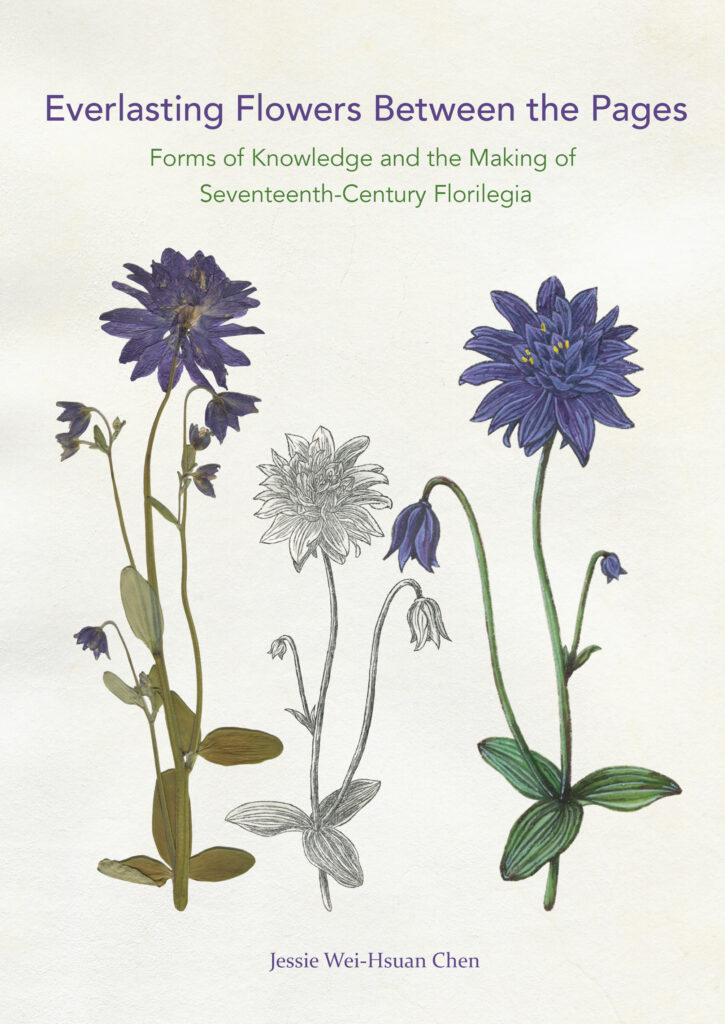Everlasting Flowers Between the Pages: Forms of Knowledge and the Making of Seventeenth-Century Florilegia
2018–2023, PhD Project, Funded by the NWO Promoties in de Geesteswetenschappen, Project Number PGW.18.016
This project received additional funding from the 2020 Stacy Lloyd III Fellowship for Bibliographic Study at the Oak Spring Garden Foundation.
The florilegium is a genre of images that visually documented flowers and decorative plants that were rare and curious in the long seventeenth century (ca. 1550–1725). Flowers such as tulips, narcissi, sunflowers, and many more kinds of colorful species and their varieties, were rarities and curiosities to be cultivated and collected in gardens. These books of flowers were expensive picture books with little text, with the early modern liefhebbers being the main owners and readers. Aside from having them as a status symbol, what was the purpose(s) of producing luscious books with mostly (colored) pictures of flowers?
Turning to the makers of florilegia, this research offers new insights into the genre as material objects that highlight and showcase many forms of knowledge. From the gardeners who grew and cultivated the flowers that are the modeled subjects for florilegia; to the compilers who gathered and presented the visual and textual information about rare and curious flowers; to the image makers who drafted and/or colored the images of these floral rarities and curiosities; several kinds of makers contributed their knowledge and expertise to produce living specimens and immortalize rare and curious flowers on papers and parchments. To better understand what kinds of knowledge and expertise makers of florilegia had, this research engages with hands-on and performative methods. By remaking selected florilegium pages and reworking historically oriented horticultural techniques, this research unpacks how different forms of practices and practical knowledge came together to create everlasting flowers between the pages.
To gain some insight into the research process, see project blog for documentation.
*This work is in the process of being published as a monograph, under the contract with Brill Publishing and aiming to be out in 2025 in open access. To receive news upon the publication of the book, please sign up here.
